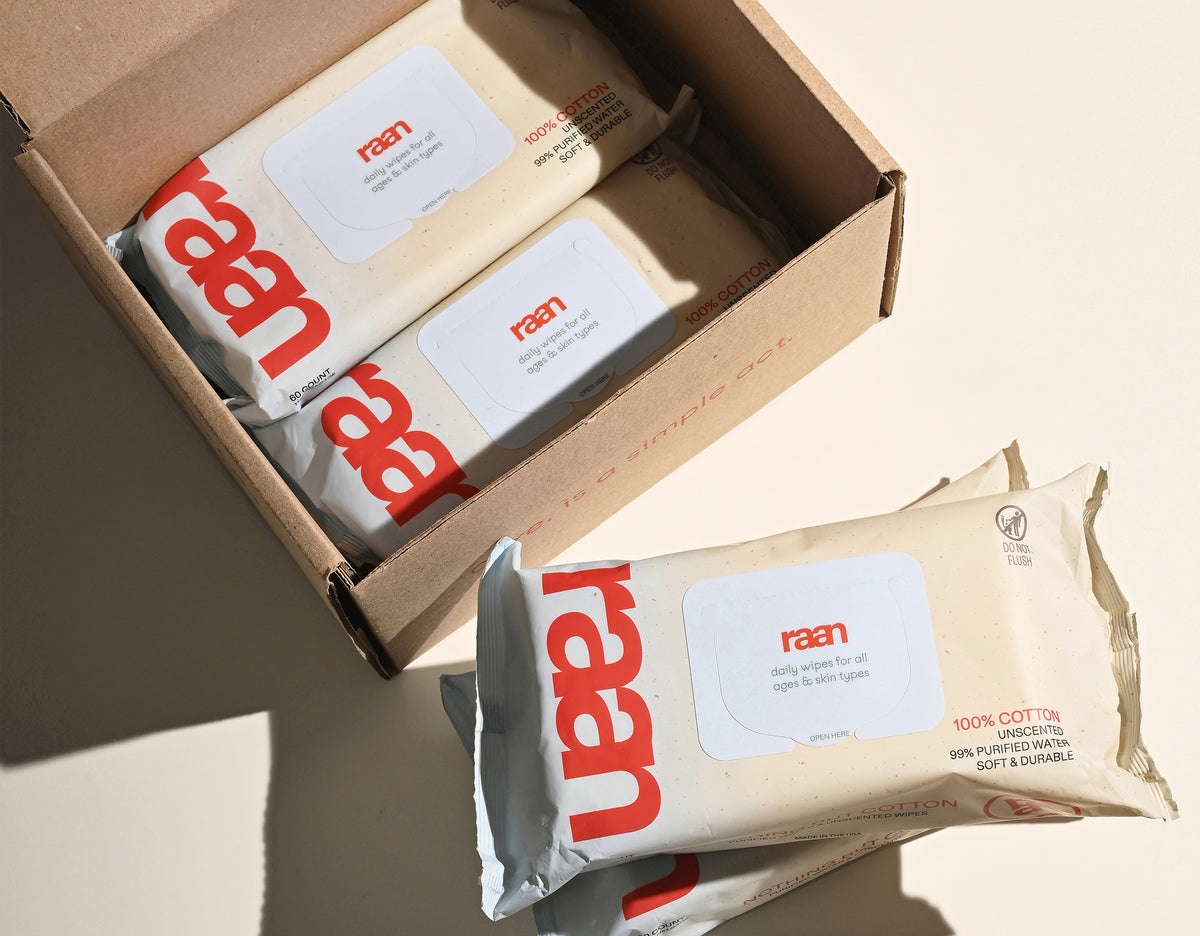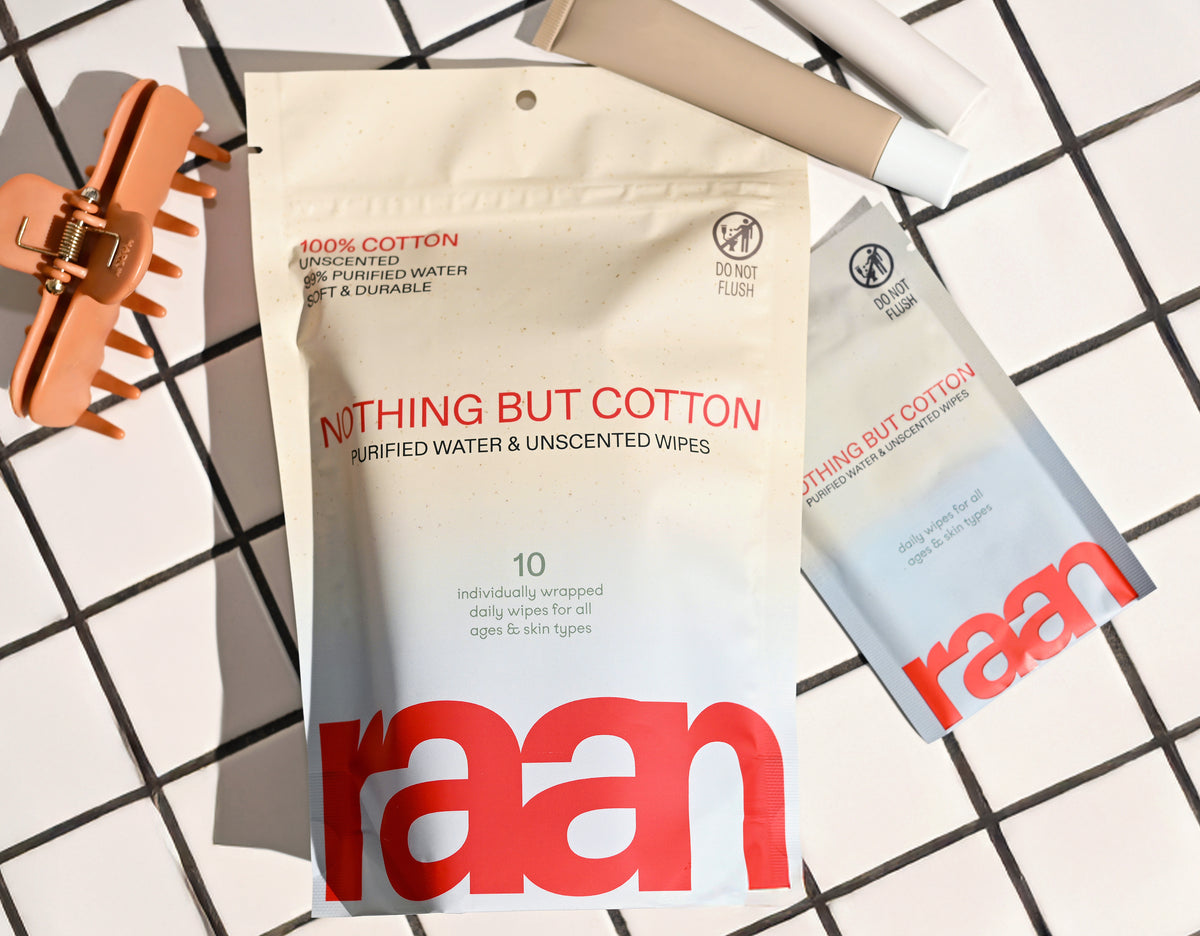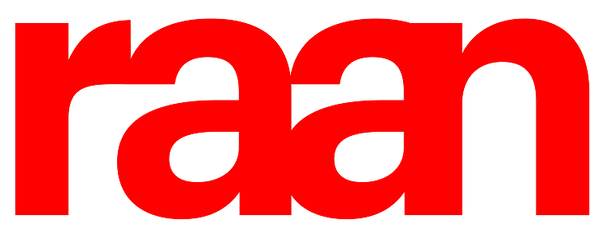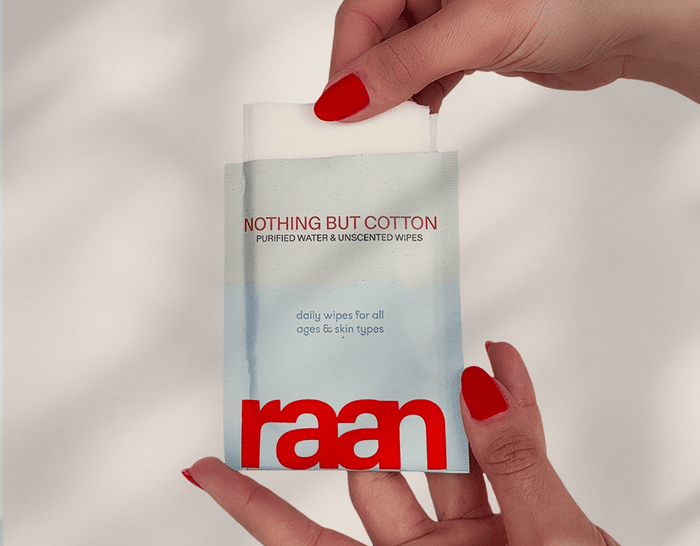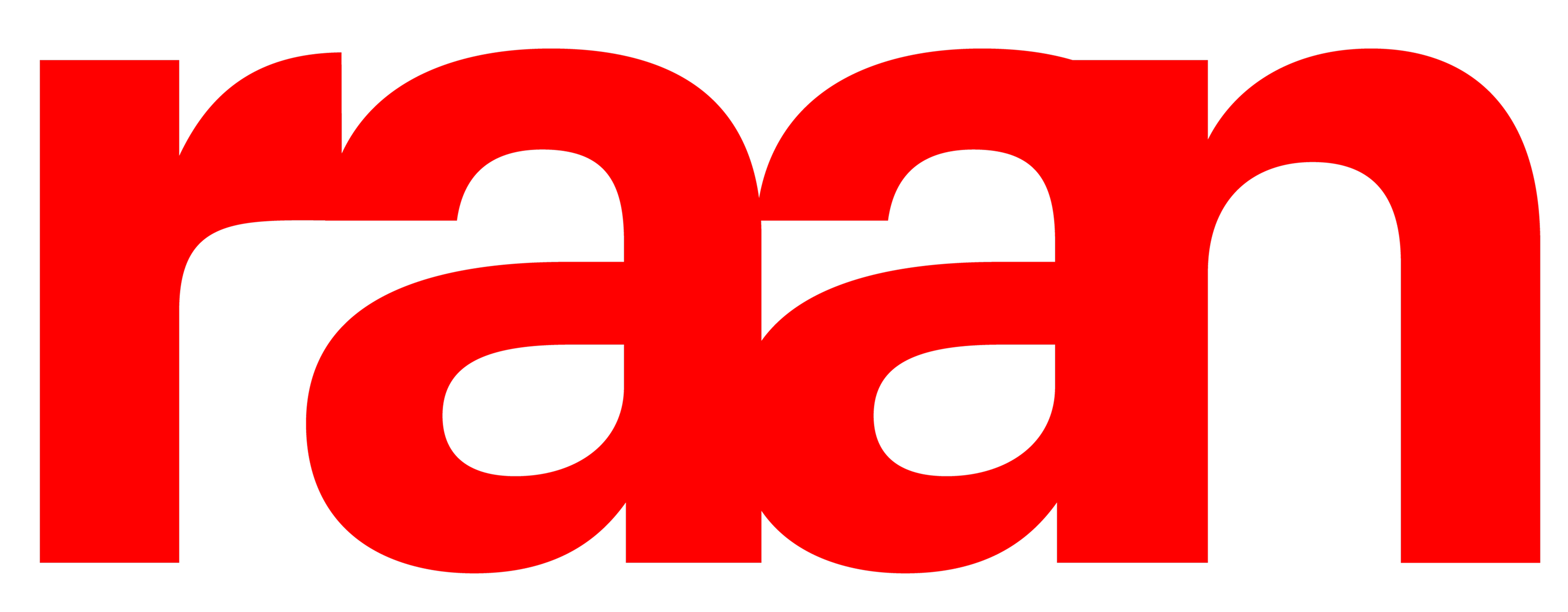As a parent navigating endless product choices, you've probably seen the EWG Verified mark on everything from baby wipes to household cleaners. But what does this certification actually mean for your family's health and safety?
Key Takeaways
- The EWG Verified mark indicates that a product meets strict health and safety standards set by the Environmental Working Group.
- Products with this certification are free from harmful chemicals and contaminants.
- EWG Verified helps parents make informed choices for their family's well-being.
- This certification applies to a wide range of products, including baby wipes and household cleaners.
- Choosing EWG Verified products can reduce exposure to potentially dangerous ingredients.
Table of Contents
- What is EWG Verified?
- Who is the Environmental Working Group?
- EWG Verified Certification Standards & Criteria
- EWG Verified vs. Other Labels and Certifications
- How to Find and Identify EWG Verified Products
- Benefits of EWG Verified for Families and Brands
- When EWG Verified Status Changes
- Making Informed Choices with EWG Verified Products
When you're dealing with diaper blowouts at 3 AM or wiping sticky fingers throughout the day, the last thing you want to worry about is whether the products touching your child's skin contain questionable ingredients. That's where understanding certifications like EWG Verified becomes genuinely helpful - not as another overwhelming detail, but as a clear signal that cuts through marketing noise.
Quick Answer
EWG Verified is a certification from the Environmental Working Group that identifies products meeting their strictest standards for ingredient safety, transparency, and manufacturing practices. Products with this mark contain no ingredients from EWG's "Unacceptable" list, provide full ingredient disclosure, and undergo rigorous third-party evaluation to ensure they're safer for daily use.
What is EWG Verified?
The EWG Verified mark represents the Environmental Working Group's most rigorous certification for personal care and household products. Unlike vague marketing claims like "natural" or "clean," this certification follows specific, science-based criteria that companies must meet and maintain.
Think of it as a filter that removes products containing EWG's most concerning chemicals - the ingredients that health authorities have banned, restricted, or flagged for potential risks. When you see this mark on EWG certified wipes or other products, you're looking at something that's passed a comprehensive evaluation process.
Key fact: EWG Verified products must provide complete ingredient transparency - every single component, including individual fragrance ingredients, must be disclosed on the label.
This certification isn't just about what's left out; it's about what companies put in. Every ingredient gets evaluated for safety, and restricted ingredients can only be used if they meet strict global safety standards. The process also includes manufacturing oversight, ensuring companies follow good manufacturing practices and can demonstrate product stability through microbial testing.
Who is the Environmental Working Group?

The Environmental Working Group is a non-profit organization that's been researching and advocating for safer consumer products since 1993. They're the team behind the widely-used Skin Deep database, which rates over 70,000 personal care products based on ingredient safety.
What makes EWG different from other organizations is their focus on translating complex scientific research into practical guidance for everyday consumers. They don't just publish studies - they create tools that help parents make informed decisions about the products they bring into their homes.
EWG's influence extends beyond individual product choices. Their research has pushed major brands to reformulate products, remove concerning ingredients, and increase transparency. When companies pursue EWG Verified certification, they're often reformulating their products to meet higher safety standards than required by current regulations.
EWG Verified Certification Standards & Criteria
Understanding what makes a product EWG verified means looking at the specific standards companies must meet. These aren't flexible guidelines - they're non-negotiable requirements that create a clear line between products that meet safety standards and those that don't.
Core requirement: Products cannot contain any ingredients from EWG's "Unacceptable" list, which includes substances banned or restricted by major health authorities worldwide.
The certification process evaluates three main areas: ingredient safety, transparency requirements, and manufacturing controls. Let's break down what each means for the products you're considering for your family.
Ingredient Exclusions and Restrictions
EWG maintains two critical lists that determine ingredient acceptability. The "Unacceptable" list includes ingredients completely banned from certified products - think formaldehyde-releasing preservatives, certain parabens, and synthetic fragrances linked to allergic reactions or hormone disruption.
The "Restricted" list allows certain ingredients only when they meet rigorous safety thresholds set by global regulatory agencies. For example, some preservatives might be acceptable at very low concentrations but prohibited at higher levels commonly found in conventional products.
This approach explains why EWG safe score wipes often feel different from conventional options - they're formulated without the harsh preservatives and synthetic additives that many brands rely on for extended shelf life or specific textures.
Transparency and Manufacturing Requirements
Full ingredient disclosure goes beyond what's legally required. Companies must list every component, including individual fragrance ingredients that are typically hidden under the generic term "fragrance." This level of transparency allows parents to identify potential allergens or ingredients they prefer to avoid.
Manufacturing oversight includes documented good manufacturing practices and microbial challenge testing to ensure product stability without relying on harsh preservatives. Companies also commit to reporting any adverse events to the FDA and staying current with evolving EWG standards.
EWG Verified vs. Other Labels and Certifications

When you're comparing product labels, understanding how EWG Verified stacks up against other common certifications helps you make informed decisions. Not all "clean" labels offer the same level of protection or transparency.
| Feature | EWG Verified | "All-Natural" | USDA Organic | "Clean Beauty" |
|---|---|---|---|---|
| Ingredient Transparency | Full Required | Not standardized | Partial (organic ingredients only) | Often partial |
| Chemicals Banned | Strict, list-based | Varies by brand | Synthetic pesticides | Brand-driven |
| Manufacturing Controls | Audited & documented | Not typical | Yes | Not typical |
| Ongoing Review | Every 3 years | No | Yes | Not always |
| Scientific Oversight | Yes | No | Partial | Varies |
The key difference is accountability. While "natural" or "clean" claims can mean almost anything, EWG Verified products undergo third-party evaluation and must maintain their standards over time. Companies can lose certification if they change formulations without re-evaluation or fail periodic audits.
How to Find and Identify EWG Verified Products
Locating clean rating baby wipes and other EWG Verified products requires knowing where to look and what to look for. The certification mark should appear clearly on product packaging, but there are additional resources that make shopping easier.
EWG's Skin Deep database serves as the most comprehensive search tool, allowing you to look up specific products or browse by category. You can filter results to show only EWG Verified items, making it easier to compare options within your preferred product categories.
Many retailers now create dedicated sections for EWG Verified products, both online and in-store. Target, Whole Foods, and other major retailers often highlight these products in their "clean" or "natural" sections.
Company websites typically list their certified products prominently, often with dedicated pages explaining their commitment to EWG standards. This can be particularly helpful when you're researching brands that offer both certified and non-certified products in their lineup.
When shopping in-store, look for the distinctive EWG Verified mark - it's a circular logo that's usually placed prominently on the front of packaging. Don't rely solely on other "clean" claims or marketing language; the official certification mark is your clearest indicator of third-party verification.
Benefits of EWG Verified for Families and Brands

The real value of EWG verified products extends beyond individual safety to create broader changes in how we think about everyday care routines. For families, the certification provides a clear decision-making framework that eliminates guesswork when choosing products for sensitive skin or daily use.
Health impact: EWG Verified products minimize exposure to ingredients linked to skin irritation, allergic reactions, and potential long-term health concerns through cumulative daily use.
Parents often report feeling more confident about their product choices when they can point to third-party verification rather than relying on marketing claims. This peace of mind becomes particularly valuable when dealing with newborn skin, eczema-prone children, or family members with chemical sensitivities.
From a practical standpoint, EWG certified wipes and other verified products often perform better for sensitive applications because they're formulated without harsh ingredients that can cause irritation. The focus on gentler, food-grade preservatives means these products work well for face cleaning, diaper changes, and quick cleanups without leaving residue or causing reactions.
Market Impact and Industry Change
The growing demand for EWG Verified products pushes entire industries toward safer formulations. When major retailers create dedicated shelf space for certified products, it signals to manufacturers that transparency and safety standards drive purchasing decisions.
This market pressure leads to reformulation across product categories. Companies that initially pursued certification for one product line often extend those standards to their entire range, creating safer options even for products that aren't officially certified.
The certification process also reveals gaps in regulatory oversight. Many ingredients allowed in conventional products would never pass EWG's standards, highlighting areas where consumer advocacy fills regulatory gaps.
When EWG Verified Status Changes
Understanding that EWG Verified status isn't permanent helps explain why the certification maintains its credibility. Products can lose certification if companies change formulations without re-evaluation, fail periodic audits, or don't adapt to updated standards.
This ongoing oversight means that low-hazard wet wipes and other certified products must maintain their safety standards over time. Companies can't simply achieve certification and then modify their formulations without consequences.
When EWG updates its standards based on new research, companies receive a phase-in period to comply with revised requirements. This process ensures that the certification evolves with scientific understanding while giving manufacturers time to adjust their formulations responsibly.
Pros
- Ongoing verification ensures continued safety standards
- Standards evolve with new scientific research
- Companies must maintain transparency over time
- Periodic review catches formulation changes
Cons
- Products may lose certification during transitions
- Re-certification costs can impact smaller brands
- Standard changes may require reformulation
- Some effective ingredients may become restricted
Making Informed Choices with EWG Verified Products
The EWG Verified mark serves as one tool in a broader approach to conscious product selection. While certification provides valuable third-party validation, understanding your family's specific needs and sensitivities remains essential for making the best choices.
Consider EWG verification alongside other factors like ingredient simplicity, packaging sustainability, and product performance for your intended use. Non-toxic EWG wipes might be perfect for facial cleansing and baby care, but you'll still want to evaluate factors like material composition and packaging waste in your decision-making process.
The certification works best when combined with ingredient literacy. Understanding what specific ingredients do and why they're included helps you make informed choices even when shopping outside the certified product category.
EWG Verified products offer scientifically-backed safety standards and full transparency, making them a reliable choice for families prioritizing health-conscious care routines without compromising on effectiveness. For more guidance, see the EWG's guide for parents and caregivers.
As consumer demand for transparency continues growing, EWG verification represents a meaningful step toward safer, more honest product formulations. The certification doesn't solve every concern about product safety, but it creates a clear standard that helps families navigate an increasingly complex marketplace with confidence.
Whether you're choosing your first EWG certified wipes or expanding your family's collection of verified products, the certification provides a foundation for making choices aligned with your values and your family's health priorities. For more on how new parents are protecting their babies' health, read this EWG article.
Frequently Asked Questions
What criteria does the EWG use to verify wipes?
The Environmental Working Group (EWG) verifies wipes by assessing each ingredient for safety, focusing on low toxicity and minimal environmental impact. They require products to meet strict standards, including the absence of known harmful chemicals like synthetic fragrances, dyes, and harsh preservatives, while favoring transparency and ingredient simplicity.
How can I check a product’s EWG score?
You can check a product’s EWG score by visiting the EWG’s online database and searching for the product or its ingredients. The database provides clear ratings based on ingredient safety, helping you understand how clean and safe a product is according to their rigorous criteria.
Are EWG-verified wipes free from all toxins?
EWG-verified wipes are formulated to avoid known harmful chemicals and toxins as defined by the EWG’s standards, but no product can guarantee absolute absence of all possible toxins. Verification means the wipes meet strict safety thresholds, using ingredients with low health concerns and transparent sourcing, not an absolute toxin-free claim.
Is EWG verification updated annually?
Yes, EWG verification is reviewed regularly to reflect the latest scientific research and regulatory updates. Brands must maintain compliance with evolving standards, ensuring that verified products consistently meet current safety and transparency requirements over time.
Why are EWG-verified wipes considered safer for babies?
EWG-verified wipes are considered safer for babies because they exclude harsh chemicals, synthetic preservatives, and irritants that can disrupt delicate skin. The verification process ensures ingredients are gentle, minimally processed, and backed by transparent safety data, which aligns well with the needs of sensitive newborn and infant skin.
